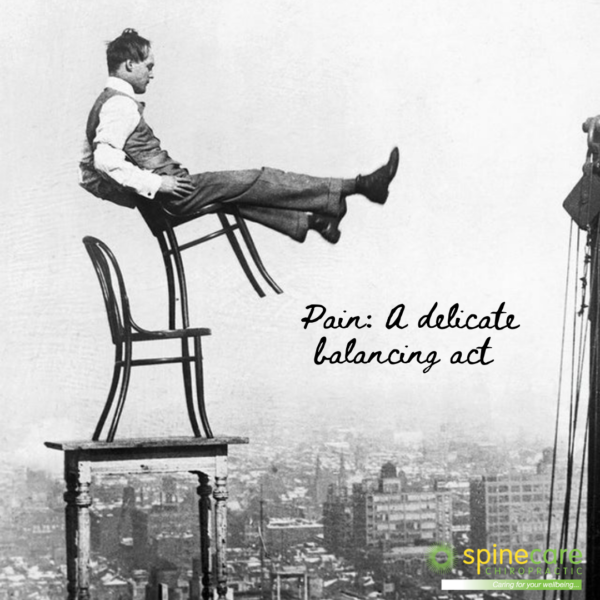Why you shouldn’t aim for a pain-free existence

Imagine a life without pain. Sprained ankles and broken bones would be no big deal. Perhaps you’d take up gymnastics or dare-devilish sports like parkour. Or maybe you’d book that overdue dental appointment.
For most of us, visualising a life free from headaches, back pain and the agony of stubbed toes is tricky. Not only is pain a lifelong fixture (would childhood have been the same without scraped knees and slow-motion falls from the monkey bars?), but it also serves a vital purpose: it protects us from harm. Pain tells us when to pull back or seek help. Pain comes part and parcel with being alive.
But there are people who don’t experience this sensation. There are people who don’t feel pain.
Gene Mutations and Pain Tolerance
Take Edward H. Gibson for instance, a vaudeville performer fondly known as ‘The Human Pincushion’. He was one of the first well-documented cases of people who appear to feel no pain. In 1932, The Journal of Nervous and Mental Disease recorded his pain-defying stunts involving sterilized pins, needles and spikes.
As part of his act, Gibson invited audience members to skewer him with sharpened and gleaming pins and swords “anywhere but the abdomen and groin”, regularly being run right through. Ladies shrieked and fainted, men turned green, while Edward Gibson remained upright and smiling like nothing had happened. Physicians confirmed that these performances were real, and Gibson was indeed a pain-free man (besides once having a headache, he recalled).
Though remarkable, The Human Pincushion is not a total oddity.
Researchers discovered a 10-year-old boy in Lahore, Pakistan, who entertained crowds by plunging knives into his arm and walking casually across red-hot coals. A whole family of Italians, the Marsili Family, have been studied for their superhuman ability to break bones, shatter shoulders, meet with bodily trauma — and dust themselves off and keep skiing. There are countless examples throughout history of people who appear to be free from the limiting presence of pain.
Pain Free and Danger Full
But before we envy these real-life Marvel characters, pause to consider that many die young — unable to respond to feedback about what’s dangerous and threatening to their bodies and pushing on despite mortal wounds.
In a less extreme scenario, those who ignore twinges, niggles and aches, who continue to run on complaining knees or brush off that shooting pain in their neck, are likely to make matters worse. Even though it’s tempting to shout, “No pain, no gain!” and stick valiantly to your exercise regime, we advise our members to take pain seriously. What you gain by ignoring it is vastly outweighed by the risks of wearing out joints beyond repair, or suffering a chronic injury. Pain is there for a reason. Are you listening?
People like The Human Pincushion — now understood to possess gene mutations that switch off pain signalling — can help us better appreciate the role of pain in our lives, and how to find the sweet spot between agony and grateful acknowledgement. How to respect the message of pain without being ruled by it.
Making Pain Your Acquaintance
“We cannot learn without pain.” — Aristotle
For 3.37 millions Aussies living with chronic pain, a break — even just for one day — could be life changing. That’s why individual approaches to pain management matter, taking into account the whole individual; present experiences, personal attributes and unique aspirations.
Reclaiming pain as a short-lived indicator of something that needs your attention rather than a defining feature of reality, is what safe, holistic therapies like chiropractic are all about. After all, a life free from pain might get you a starring role in the travelling circus, but it won’t open up that all-important conversation between mind and body that can lead to true and lasting wellness.

